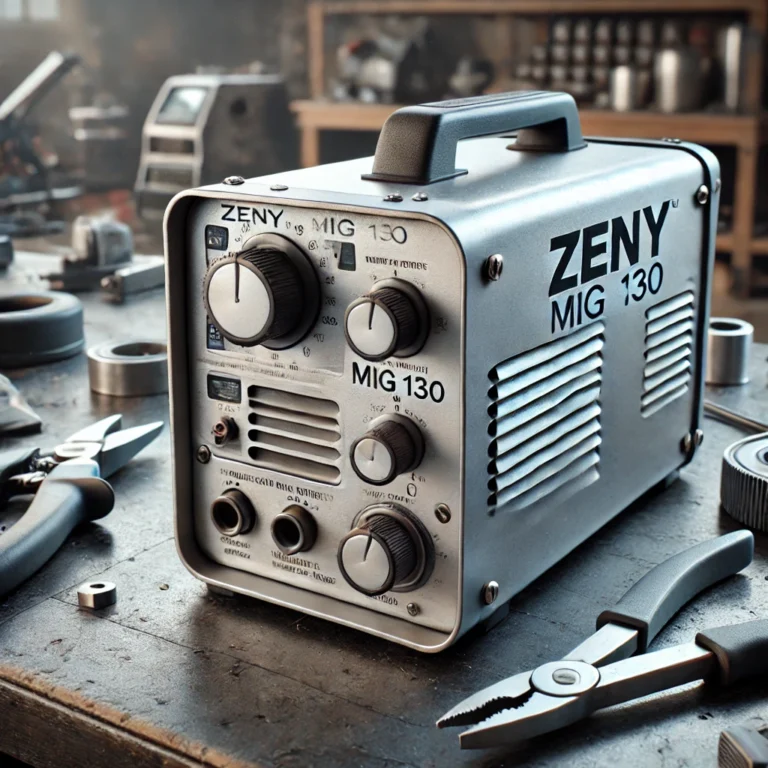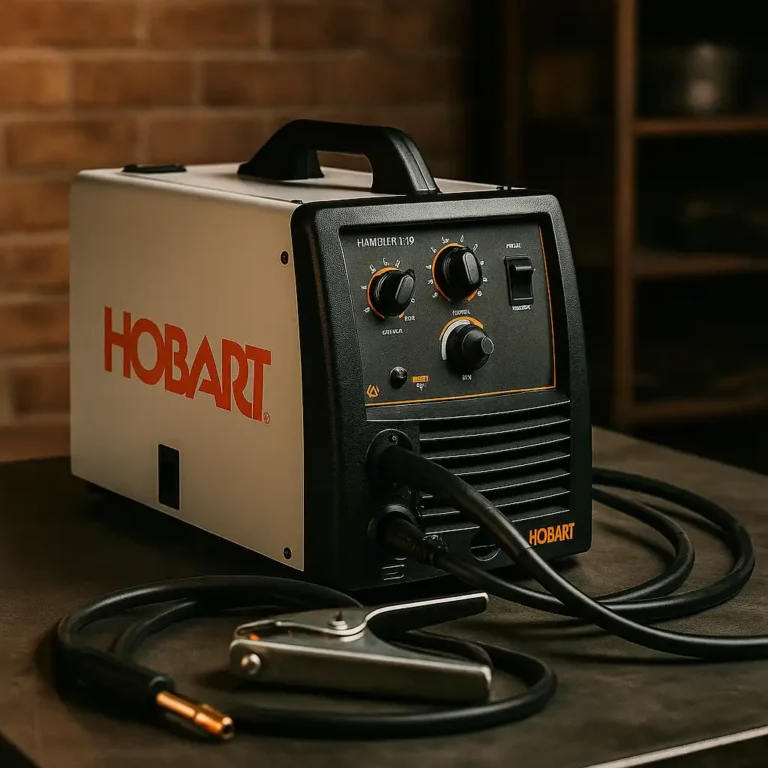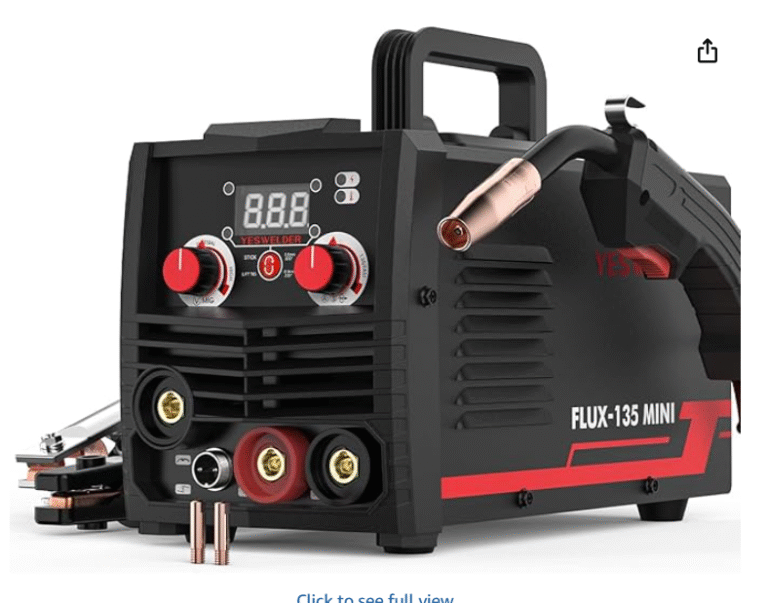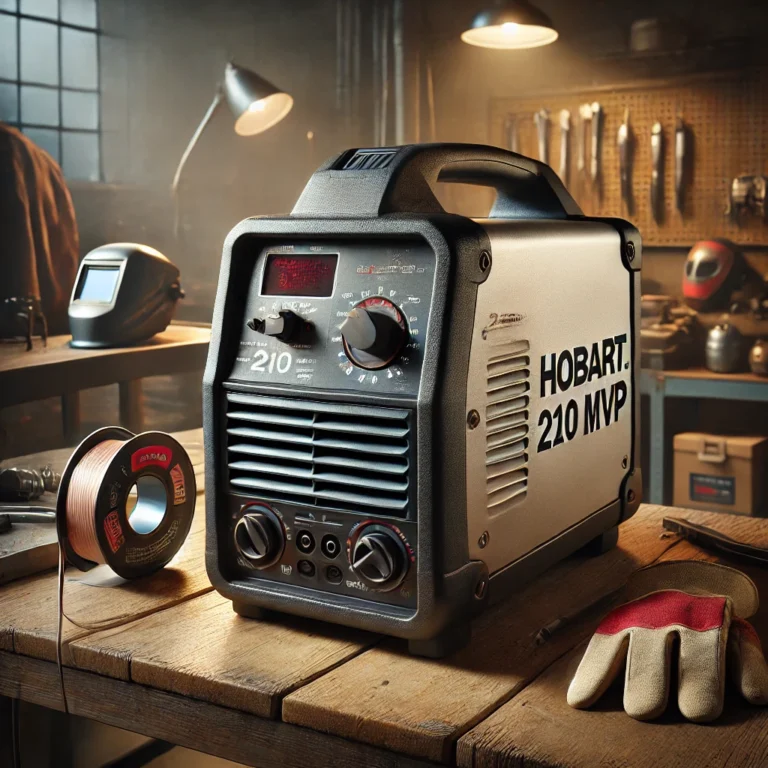Best Flux Core Welder for Auto Body Repair: Precision Meets Power

Flux core welding offers portability, ease of use, and deep penetration, which makes it ideal for many auto body repair tasks. Whether you’re patching a rusty fender or reinforcing structural components, choosing the best flux core welder for auto body repair ensures smooth, strong welds without the hassle of external shielding gas. In this post, we’ll explore what makes a flux core welder ideal for bodywork and review three top-rated machines that meet the demands of professionals and hobbyists alike.
What Makes a Good Flux Core Welder for Auto Body Work?
Auto body welding requires precision, low spatter, and enough control to avoid warping thin metal panels. A great flux core welder should operate on dual voltage, offer smooth wire feeding, and support various modes like MIG and Stick for flexibility. Because many repairs happen in garages or outdoor settings, gasless welding capabilities and portability are also essential.
RILAND 205A MIG Welder Review
The RILAND 205A MIG Welder is a versatile 6-in-1 multiprocess machine, perfect for tackling delicate auto body tasks and thicker repairs alike. It operates on both 110V and 220V, making it usable in various work environments. This unit supports gas MIG, gasless flux core, lift TIG, Stick, spool gun, and spot welding modes, giving welders a wide array of options.
For auto body repair, its flux core capabilities stand out with a steady arc and minimal splatter, even on thinner sheet metal. The control panel is intuitive, and the machine includes a large LED display that ensures precise parameter adjustment. Whether you’re welding inside a shop or out in a driveway, its portability and dual voltage design make it a top contender.
YESWELDER Firstess DP200 Review
The YESWELDER Firstess DP200 is one of the most advanced machines in its class. It features a 7-inch LCD display and supports multiple welding processes, including flux core. It runs on dual voltage (120V/240V) and features pulsed MIG modes, which can be a game-changer when working on thin auto panels where heat control is critical.
Auto body welders will appreciate the refined wire feed system that reduces spatter and ensures smoother weld beads, particularly in difficult-to-reach areas of a vehicle’s frame or body panels. The Firstess DP200 also supports a spool gun, making it suitable for aluminum work often found in modern car repairs.
FEMEROL 250A MIG Welder Review
FEMEROL’s 250A MIG Welder is a powerhouse that’s surprisingly nimble for detail work. As a 6-in-1 machine, it offers gas MIG, gasless flux core, Stick, Lift TIG, spot welding, and spool gun compatibility. It features a large LED display for setting precision and runs on both 110V and 220V power sources.
Flux core mode on the FEMEROL 250A is especially suited for working in environments where shielding gas isn’t practical—like outdoor car repairs. The consistent arc and smooth operation minimize rework and post-weld cleanup, which is a big plus when dealing with thin automotive sheet metal.
Conclusion
If you’re serious about auto body work—whether you’re restoring a classic or fixing up a daily driver—a high-performing flux core welder is essential. Each of the models above delivers impressive capabilities, from precise heat control to multi-process versatility. The RILAND 205A is excellent for beginners and pros alike. The YESWELDER Firstess DP200 brings advanced technology to your garage, and the FEMEROL 250A provides brute strength with finesse.
When choosing the best flux core welder for auto body repair, focus on voltage flexibility, control interface, and arc consistency. These three models strike a perfect balance between performance and price, making them solid additions to any welder’s tool kit.






